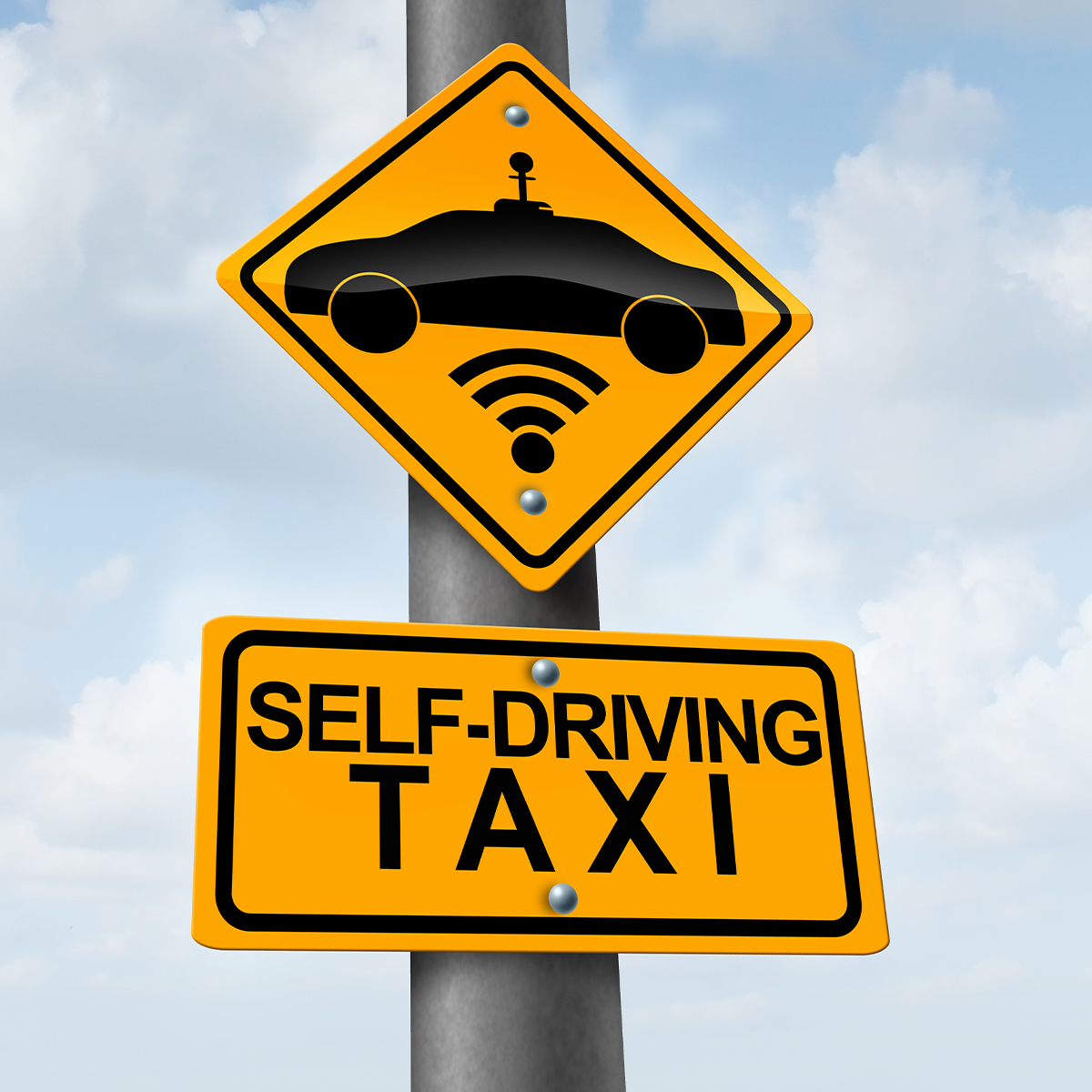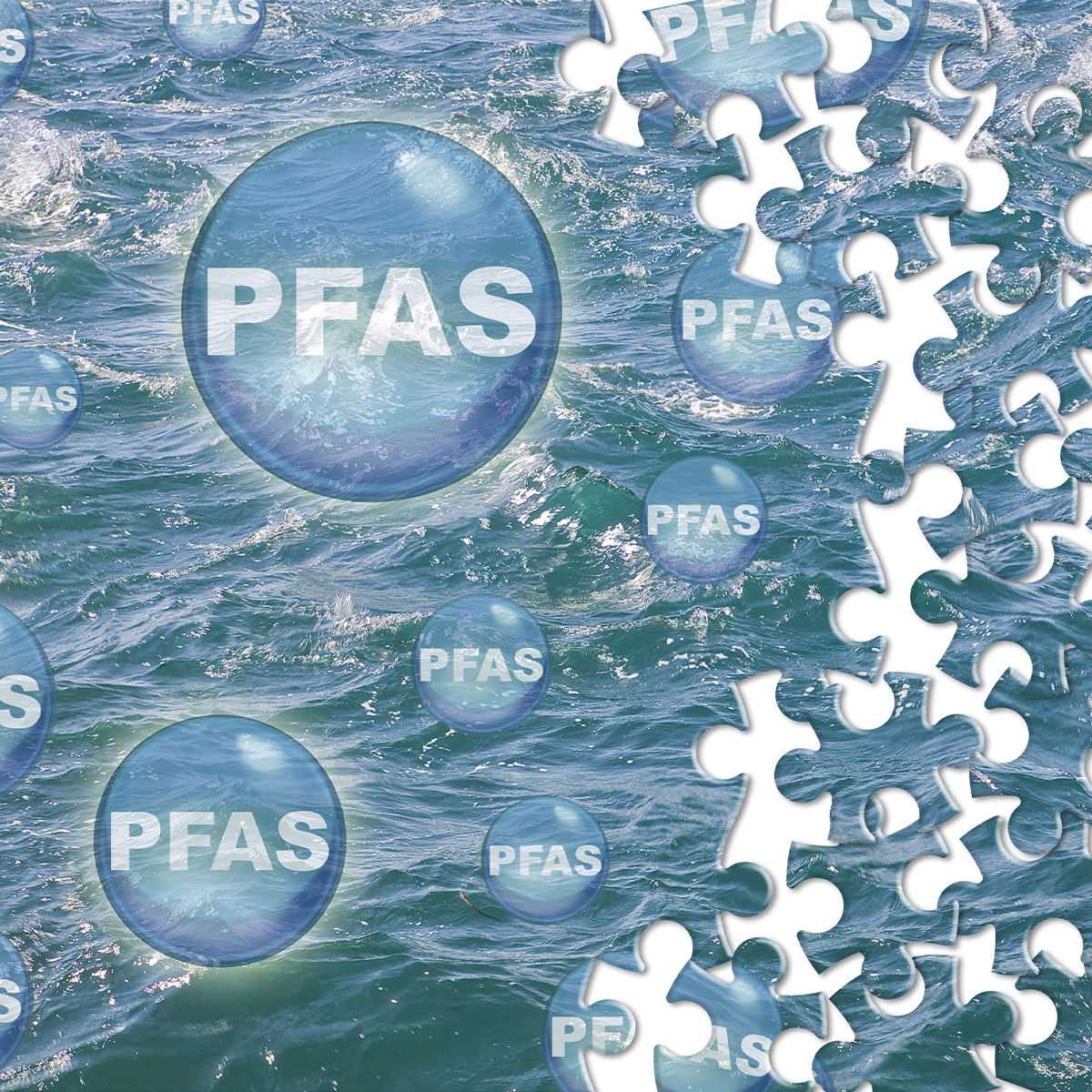-
Property & Casualty
Property & Casualty Overview

Property & Casualty
We offer a full range of reinsurance products and the expertise of our talented reinsurance team.
Trending Topics
Publication
That’s a Robotaxi in Your Rear-View Mirror – What Does This Mean for Insurers?
Publication
Cat Bonds – A Threat to Traditional Reinsurance?
Publication
Decision-Making in the Age of Generative Artificial Intelligence
Publication
Buildings Made of Wood – A Challenge For Insurers?
Publication
The CrowdStrike Incident – A Wake-Up Call for Insurers?
Publication
PFAS Awareness and Concern Continues to Grow. Will the Litigation it Generates Do Likewise? -
Life & Health
Life & Health Overview

Life & Health
We offer a full range of reinsurance products and the expertise of our talented reinsurance team.
Training & Education
Publication
When Actuaries Meet Claims Managers – Data-Driven Disability Claims Review
Publication
Chronic Pain and the Role of Insurers – A Multifactorial Perspective on Causes, Therapies and Prognosis
Publication
Fasting – A Tradition Across Civilizations
Publication
Alzheimer’s Disease Overview – Detection and New Treatments
Publication
Simplicity, Interpretability, and Effective Variable Selection with LASSO Regression Moving The Dial On Mental Health
Moving The Dial On Mental Health -
Knowledge Center
Knowledge Center Overview

Knowledge Center
Our global experts share their insights on insurance industry topics.
Trending Topics -
About Us
About Us OverviewCorporate Information

Meet Gen Re
Gen Re delivers reinsurance solutions to the Life & Health and Property & Casualty insurance industries.
- Careers Careers
Pickleball – More Than Just the Fastest Growing Sport

August 14, 2023
Jeffrey Weisel
Region: North America
English
Pickleball is sweeping the nation. Basketball courts are being taken over by pickleball games. Tennis courts are being converted to pickleball courts. As communities around the U.S. struggle to keep up with the demand, why should the insurance industry be concerned about one of America’s fastest growing sports?
Pickleball was invented in 1965 on Bainbridge Island, a short ferry ride from Seattle, Washington.1 The game utilizes elements of tennis, badminton, and ping-pong.2 It can be played indoors or outdoors, with players using paddles and plastic balls with holes.3 The game is played as double or singles.4 “The basic aim of pickleball, like with other racket sports, is to hit the ball over the net and prevent an opponent from hitting it back.”5
The Sports and Fitness Industry Association, a sports and fitness industry trade group, estimates “pickleball has grown from 3.5 million players in 2019 to 8.9 million in 2022.”6 The number of players will explode to 22 million this year according to predictions.7 The country’s largest pickleball facility, with 27 courts across about 80,000 square feet is set to open in the near future in Stamford, Connecticut.8
Unfortunately, the fun is being interrupted by a plethora of potentially costly injuries that may impact the insurance industry. A recent study reveals that pickleball injuries may cost Americans between $250 million and $500 million in health care costs this year.9 Common injuries from pickleball include the following: Achilles’ strains or tears, shoulder problems, rotator cuff injuries, lower back problems such as disc injuries or muscle strains, and lateral epicondylitis, commonly known as tennis elbow, or pickleball elbow.10
A recent study forecasts an increase in the number of healthcare visits due to pickleball-related injuries in 2023, citing “67,000 ED visits, 366,000 outpatient visits, 8,800 outpatient surgeries, 4,700 hospitalizations, and 20,000 post-acute episodes. The analysis also estimates about one-third of all ‘core’ picklers (those who play at least eight times a year) are seniors, and that pickleball players tend to be richer, with an estimated half making more than six figures.”11 Said individuals would likely have the time and resources to retain competent counsel and commence litigation should they sustain injuries from the sport.
In 2019, a Connecticut Superior Court Judge broke his neck and ribs and injured his head, knee, and hand when he ran in to a concrete wall at his town’s Senior Center while playing pickleball. The matter resolved prior to trial with a confidential settlement.12 More recently, in 2023, a Pennsylvania couple filed a personal injury lawsuit against Allegheny County, alleging that the female plaintiff fell because of a protruding nail unexpectedly encountered during a pickleball game.13 The injuries alleged include the following: “a) Depressed fracture of the anterior wall of the right maxillary sinus; b) Sinus nerve damage; c) Permanent loss of sensation in teeth; d) Bruises, contusions and other injuries in or about nerves, muscles, bones, tendons, ligaments, tissues and vessels of the body; and e) Nervousness, emotional tension, anxiety and depression,”14 The matter is presently pending and no damages amount have been specified.
With an increase in the number of pickleball injuries, claims handlers and underwriters can expect to see an increase in possible pickleball claims under various insurance policies including the GL policy and Umbrella policy.
We suggest following up with individual policyholders to learn whether they are converting their insured spaces to pickleball courts. As the sport’s popularity continues to sweep the country, the answers you receive may surprise you.
- https://usapickleball.org/what-is-pickleball
- Ibid.
- Ibid.
- Ibid.
- “Everything you wanted to know (and more!) about pickleball,” August 26, 2022, https://www.cnn.com/2022/08/25/sport/pickleball-ben-johns-spt-intl/index.html
- “Pickleball injures may cost Americans nearly $400 million this year,” June 27, 2023, https://www.cnn.com/2023/06/27/business/pickleball-injuries-cost-health-care/index.html
- Ibid.
- “Pickleball America opening at Stamford Town Center pushed back,” July 11, 2023, https://www.ctinsider.com/business/article/pickleball-america-opening-delay-later-july-18195637.php
- “Pickleball injuries could cost up to $500 million this year, Wall Street analysts predict,” June 27, 2023, https://www.foxbusiness.com/lifestyle/pickleball-injuries-could-cost-500-million-this-year-wall-street-analysts-predict
- “Pickleball is Growing Fast, and So Are the Injuries,” August 22, 2022, https://healthnewshub.org/it-may-seem-like-a-harmless-sport-but-pickleball-injuries-are-on-the-rise
- “Pickleball has been a lifeline for seniors, but the sport’s injuries may cost Americans nearly $400 million this year,” June 27, 2023, https://fortune.com/well/2023/06/27/pickleball-injuries-may-cost-americans-nearly-400-million-this-year
- “Fairfield settles suit with CT judge injured in pickleball lesson at senior center,” February 24, 2023, https://www.ctpost.com/news/article/fairfield-settles-suit-ct-judge-injured-17801720.php
- “McMurray couple calling foul after wife suffers injuries during pickleball game,” June 27, 2023, https://pennrecord.com/stories/643589901-mcmurray-couple-calling-foul-after-wife-suffers-injuries-during-pickleball-game
- Ibid.





